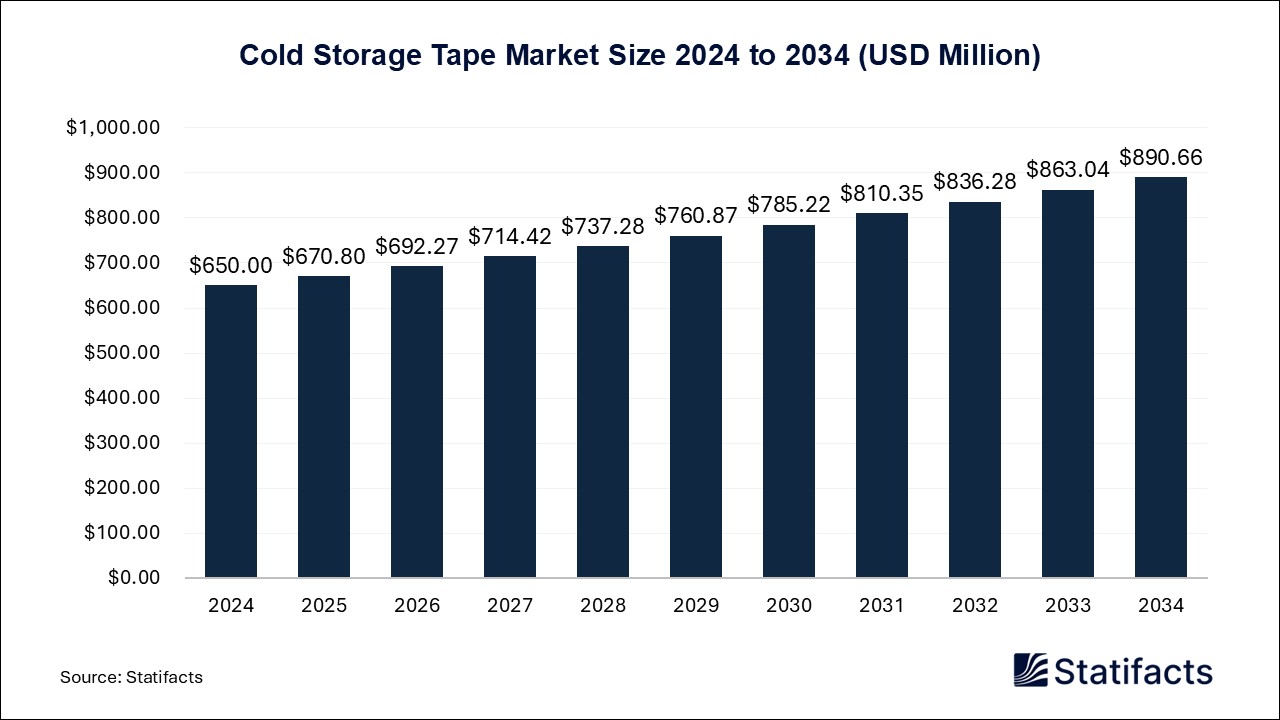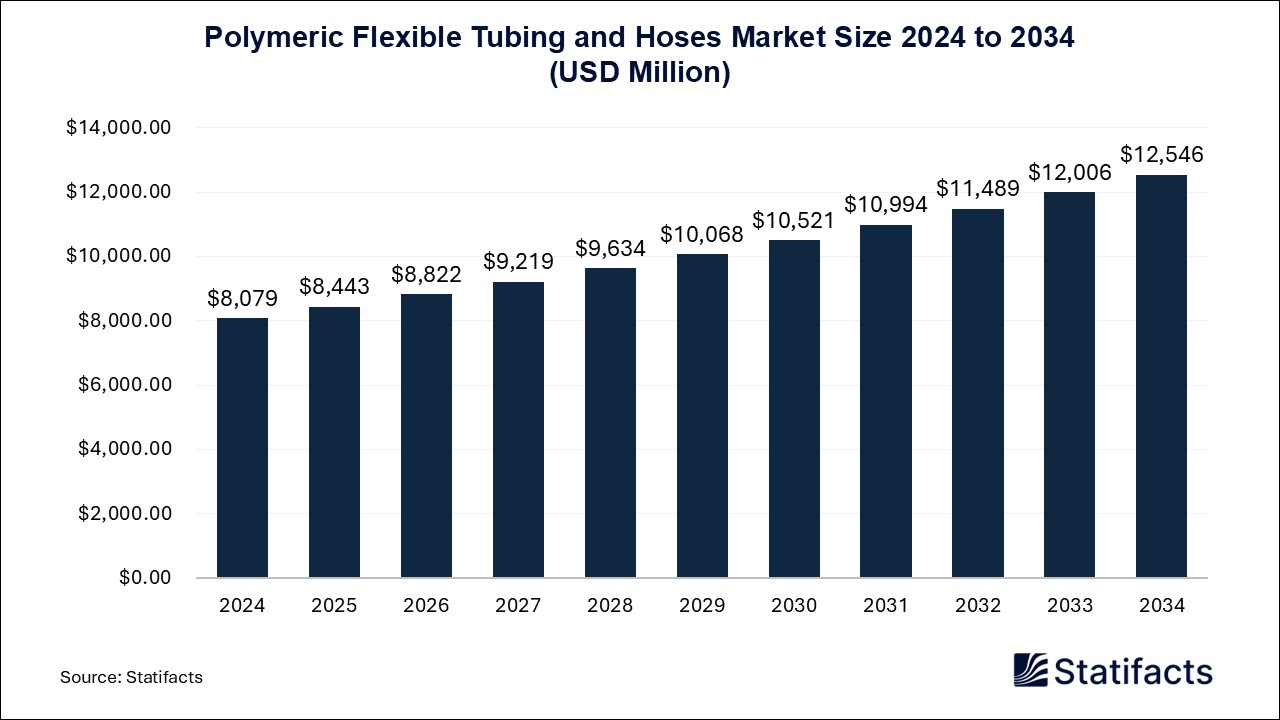Last Updated: 24 Jul 2025
Source: Statifacts
By clicking “Accept All Cookies” you agree to the storing of cookies on your device to enhance site navigation, analyze site usage, and assist in our marketing efforts.
Privacy PolicyUS Cell Therapy Market (By Therapy Type: Stem Cell Therapy, Immune Cell Therapy, Others; By Therapeutic Area: Oncology, Cardiovascular Disease (CVD), Musculoskeletal Disorders, Dermatology, Others.) Industry Size, Share, Growth, Trends 2025 to 2034.
The US cell therapy market size was calculated at USD 4.24 billion in 2024 and is predicted to attain around USD 21.41 billion by 2034, expanding at a CAGR of 17.57% from 2025 to 2034. The U.S. cell therapy market is witnessing robust growth, fueled by increasing investments in regenerative medicine, rising prevalence of chronic and autoimmune diseases, and supportive FDA approvals. Advancements in stem cell and immune cell technologies, along with rising clinical trial success rates, are key contributors.
| Industry Worth | Details |
| Market Size in 2025 | USD 4.87 Billion |
| Market Size by 2034 | USD 21.41 Billion |
| Market Growth Rate from 2025 to 2034 | CAGR of 17.57% |
Cell therapy is a ground-breaking biomedical approach that involves the administration of living cells to replace or repair damaged tissue, improve immune responses, or regenerate function. The U.S. cell therapy market has seen significant traction across various sectors, including oncology, orthopaedics, cardiovascular treatment, and autoimmune disease management. Its integration spans hospitals, research institutions, and specialty clinics, with increasing adoption in regenerative medicine, cancer immunotherapy, and genetic disease correction. With growing FDA approvals, improved manufacturing technologies, and expanding clinical trials, the market continues to evolve rapidly, offering transformative solutions across healthcare delivery systems.
Artificial Intelligence is revolutionizing the U.S. therapy market by streamlining manufacturing, assuring consistency, and improving research productivity. From lab-scale trials to commercial-scale production, AI-enabled systems monitor and optimize complex processes such as cell separation, activation, expansion, and fill and finish. AI-driven robots and predictive analytics reduce variability, minimizing human error, and cut costs while maintaining stringent quality standards. Additionally, AI accelerates novel product development by predicting cell function and potency, enabling more efficient formulation and characterization of therapeutic cells. By integrating automation into manufacturing workflows and early-stage research and development, AI not only improves operational efficiency but also supports the rapid advancements of next-generation therapies, empowering biotech firms to bring safer and more effective treatments to patients.
The increasing incidence of chronic and degenerative diseases such as cardiovascular disorders, neurological conditions, and autoimmune diseases has become a major catalyst for market expansion. These conditions are driving substantial demand for innovative and market expansion. These conditions are driving substantial demand for innovation and restorative treatments, for example, adult stem cells are being used to regenerate damaged neural synapses and repair cardiac tissue, addressing critical unmet medical needs.
Another powerful driver is the accelerating shift toward allogeneic cell therapies. These “off-the-shelf” products are projected to grow at the fastest rate, thanks to improved manufacturing processes, better scalability, and cost-effectiveness. As biopharma companies invest in allogeneic technologies, adoption is expected to rise, supported by increased FDA approvals and clinical trial momentum.
The high cost of cell therapy remains a significant barrier, with individual treatments often exceeding USD 400,000 per patient, per patient, and in extreme cases surpassing USD 1millin. The immense expense is driven primarily by expensive components like leukapheresis, viral vector creation, and the need for specialized cleanroom facilities and skilled personnel. As a result, healthcare systems, insures, and patients face affordability issues, which restrict broader adoption and limit access, especially for merging autologous therapies.
Supply chain and logistical complexity further constrain market growth. Live-cell products require robust cold-chain infrastructure, strict traceability, and sterile transport environments often across continents. These requirements increase the risk of product degradation and failures, demanding substantial investment in compliance, tracking systems, and contingency planning. Smaller developers often struggle to meet these logistical demands, reducing their competitiveness and slowing market scaling.
The rapid rise of allogeneic therapies presents a transformative growth opportunity. As the autologous segment paves the way, allogeneic cell therapies derived from healthy donors are gaining momentum due to their scalability, reduced manufacturing lead times, and cost advantages. With stem cell banks expanding and novel storage technologies merging, the market is primed for allogeneic products to play a dominant role, particularly in areas like oncology, autoimmune, and orthopaedic applications, where mass availability and quick patient access are key.
Another promising avenue lies in bio-printing and 3D cell-based constructs. 3D printing integration with cell therapy manufacturing allows the production of patient-specific tissue architectures, improving personalized regenerative medicine. This merging application supports complex tissue engineering like bone, skin, and organised grafts, and it is one of the fastest growing segments in the cell therapy space, driven by precision engineering and improved cost effectiveness.
“AT a roundtable event on cell and gene therapies… There has been ‘an upswing in quality’ since Verdun was named to her post.”
“I believe that the future of cell and gene therapy is bright,” she noted during the 2025 Summit, underscoring strong investor sentiment and innovative momentum.
Stem cell therapy, particularly autologous approaches, continues to dominate the U.S. cell therapy landscape. Using a patient’s own cells minimizes immunologic rejection and supports tailored treatment protocols. This dominance is underpinned by broad clinical applications spanning orthopedics, cardiovascular repair, neurodegenerative disease management, and cancer support, and extensive adoption in hospitals and clinics. The high success rates and personalized nature of therapies like bone marrow transplants and mesenchymal stem cell infusions maintain a leadership position.
Immune cell therapy, especially allogeneic CAR-T and T-cell receptor-based products, has emerged as the fastest-growing segment. These “off-the-shelf” treatments are gaining momentum due to their quicker availability, scalability of manufacturing processes, and recent FDA approvals. Innovations in gene editing and standardized donor cell platforms promise rapid market growth. CAT-T therapies now lead the trial pipeline, and collaborations such as Cytiva’s Sefia manufacturing platform further accelerate their deployment.
The “others” category, including tissue-engineered constructs and somatic-cell-based solutions, is notable for its potential in regenerative medicine applications beyond oncology and chronic disease. These therapies involve specialized cells such as keratinocytes, fibroblasts, and organoids targeted at skin, musculoskeletal, and wound healing disorders. Although still merging, these modalities are gaining traction due to technological advances in cell production, 3D bio printing, and escalating clinical and research interest in personalized regenerative treatments.
The U.S. cell therapy market is highly competitive, featuring a diverse mix of biotech startups, mid-sized firms, and large pharmaceutical companies. While the space is fragmented overall, a prominent group of well-established players forms an informal oligopoly, driving innovation, manufacturing capacity, and therapeutic breakthroughs.
Aurion is pioneering cell therapies targeting eye disorders, such as AURN001 for corneal edema. They recently initiated U.S. Phase ½ trials following approval in Japan. The company focuses on ophthalmology, a field that innovates in regenerative eye treatments with ambitions to expand globally.
Nkarta, Inc. is developing allogeneic natural killer cell therapies for hematologic malignancies and solid tumors. The company focuses on operation primarily in the U.S. Nkarta harnesses allogeneic off-the-shelf NK cells and continues to advance multiple pipeline candidates toward clinical proof of concept.
Johnson &Johnson is through its Janssen J&J innovation units, supports cell therapy programs in oncology, immunology, and tissue regeneration. The company is operating in over 60 countries, and J&J’s product suite spans CAR-T, cell-based regenerative implants, and next-gen manufacturing collaborations. Their research and development pipeline includes strategic alliances to develop proprietary platforms for scalable cell therapies.
| Segments | Shares (%) |
| Stem Cell Therapy | 50% |
| Immune Cell Therapy | 40% |
| Others | 10% |
| Segments | Shares (%) |
| Oncology | 45% |
| Cardiovascular Disease (CVD) | 20% |
| Musculoskeletal Disorders | 15% |
| Dermatology | 8% |
| Others | 12% |
Published by Kesiya Chacko
| Therapy Type | 2024 | 2025 | 2026 | 2027 | 2028 | 2029 | 2030 | 2031 | 2032 | 2033 | 2034 |
|---|---|---|---|---|---|---|---|---|---|---|---|
| Stem Cell Therapy | 2.12 | 2.48 | 2.91 | 3.42 | 4.01 | 4.69 | 5.47 | 6.38 | 7.44 | 8.68 | 10.12 |
| Immune Cell Therapy | 1.70 | 1.92 | 2.21 | 2.59 | 3.06 | 3.63 | 4.32 | 5.15 | 6.12 | 7.26 | 8.60 |
| Others | 0.42 | 0.47 | 0.54 | 0.63 | 0.74 | 0.88 | 1.05 | 1.25 | 1.48 | 1.76 | 2.08 |
| Therapeutic Area | 2024 | 2025 | 2026 | 2027 | 2028 | 2029 | 2030 | 2031 | 2032 | 2033 | 2034 |
|---|---|---|---|---|---|---|---|---|---|---|---|
| Oncology | 1.91 | 2.27 | 2.71 | 3.24 | 3.92 | 4.79 | 5.92 | 7.28 | 8.87 | 10.72 | 12.98 |
| Cardiovascular (CVD) | 0.85 | 0.92 | 1.03 | 1.10 | 1.17 | 1.38 | 1.63 | 1.92 | 2.26 | 2.65 | 3.12 |
| Musculoskeletal Disorders | 0.64 | 0.70 | 0.80 | 0.88 | 0.92 | 1.10 | 1.30 | 1.54 | 1.81 | 2.12 | 2.50 |
| Dermatology | 0.34 | 0.38 | 0.43 | 0.49 | 0.47 | 0.55 | 0.65 | 0.77 | 0.90 | 1.06 | 1.25 |
| Others | 0.50 | 0.60 | 0.69 | 0.93 | 1.33 | 2.38 | 3.34 | 4.27 | 5.20 | 6.15 | 7 |
Last Updated: 24 Jul 2025
Source: Statifacts
| Subsegment | 2024 | 2025 | 2026 | 2027 | 2028 | 2029 | 2030 | 2031 | 2032 | 2033 | 2034 |
|---|---|---|---|---|---|---|---|---|---|---|---|
| Stem Cell Therapy | 2.12 | 2.48 | 2.91 | 3.42 | 4.01 | 4.69 | 5.47 | 6.38 | 7.44 | 8.68 | 10.12 |
| Immune Cell Therapy | 1.70 | 1.92 | 2.21 | 2.59 | 3.06 | 3.63 | 4.32 | 5.15 | 6.12 | 7.26 | 8.60 |
| Others | 0.42 | 0.47 | 0.54 | 0.63 | 0.74 | 0.88 | 1.05 | 1.25 | 1.48 | 1.76 | 2.08 |
| Subsegment | 2024 | 2025 | 2026 | 2027 | 2028 | 2029 | 2030 | 2031 | 2032 | 2033 | 2034 |
|---|---|---|---|---|---|---|---|---|---|---|---|
| Oncology | 1.91 | 2.27 | 2.71 | 3.24 | 3.92 | 4.79 | 5.92 | 7.28 | 8.87 | 10.72 | 12.98 |
| Cardiovascular (CVD) | 0.85 | 0.92 | 1.03 | 1.10 | 1.17 | 1.38 | 1.63 | 1.92 | 2.26 | 2.65 | 3.12 |
| Musculoskeletal Disorders | 0.64 | 0.70 | 0.80 | 0.88 | 0.92 | 1.10 | 1.30 | 1.54 | 1.81 | 2.12 | 2.50 |
| Dermatology | 0.34 | 0.38 | 0.43 | 0.49 | 0.47 | 0.55 | 0.65 | 0.77 | 0.90 | 1.06 | 1.25 |
| Others | 0.50 | 0.60 | 0.69 | 0.93 | 1.33 | 2.38 | 3.34 | 4.27 | 5.20 | 6.15 | 7 |
Growth is fueled by strong demand for personalized medicines addressing unmet needs, especially in oncology and rare diseases, alongside increasing FDA approvals, rising investments in manufacturing infrastructure, and scaling of clinical pipelines.
Autologous cell therapies, using a patient’s own cells, currently lead the market due to lower rejection risk and high personalization. However, allogeneic “off-the-shelf” therapies are growing fastest, offering scalability and broader accessibility.
Oncology remains the dominant area, with CAR-T and TCR therapies widely used for blood and solid tumors. Emerging applications in dermatology, autoimmune, and cardiovascular diseases are gaining attention.
High manufacturing complexity and costs, regulatory hurdles, reimbursement limitations, and logistical burdens, especially for personalized autologous treatments, remain significant barriers to access.
Key trends include expanding CAR-T use into solid tumors, integration of CRISPR and AI tools in cell engineering, increasing allogeneic cell therapy development, and new cell banking services enabling streamlined manufacturing.
To get full access to our Market Insights, you need a Professional Account or a Business Suite.

You will receive an email from our Business Development Manager. Please be sure to check your SPAM/JUNK folder too.

You will receive an email from our Business Development Manager. Please be sure to check your SPAM/JUNK folder too.

Our customers work more efficiently and benefit from



